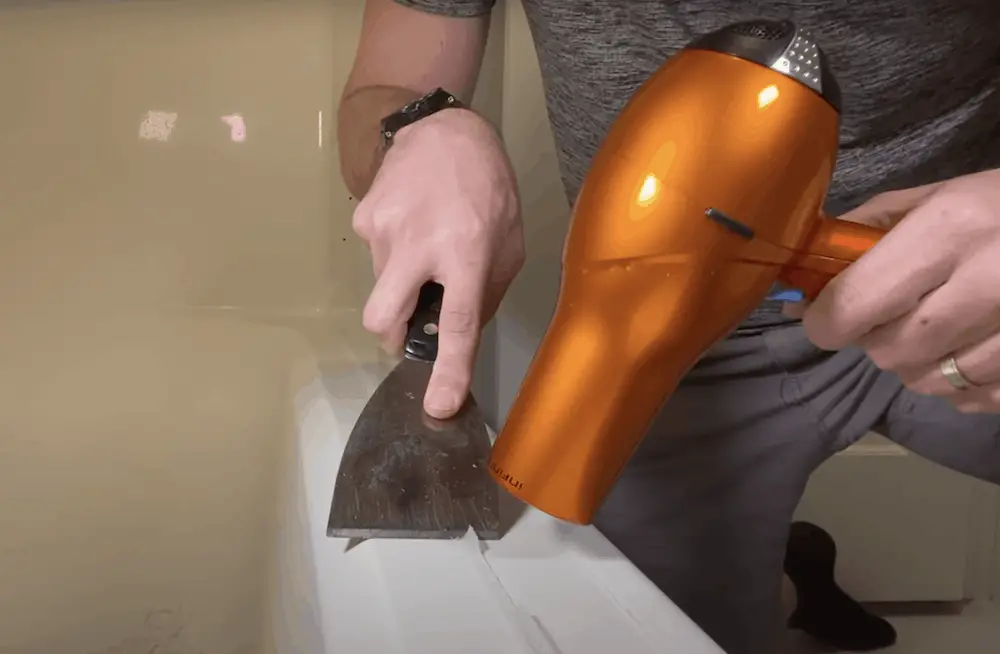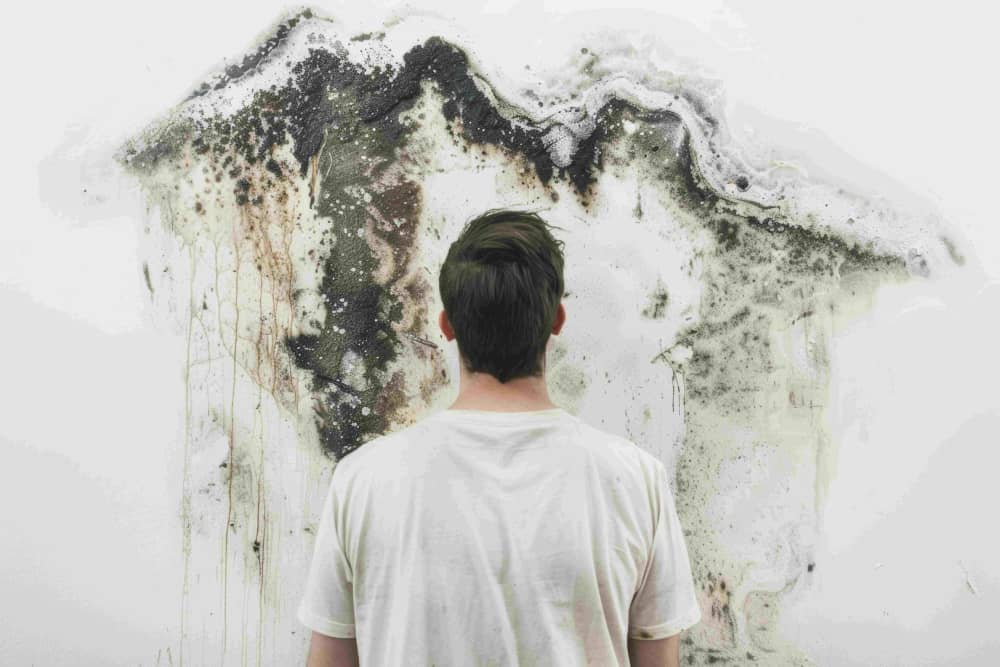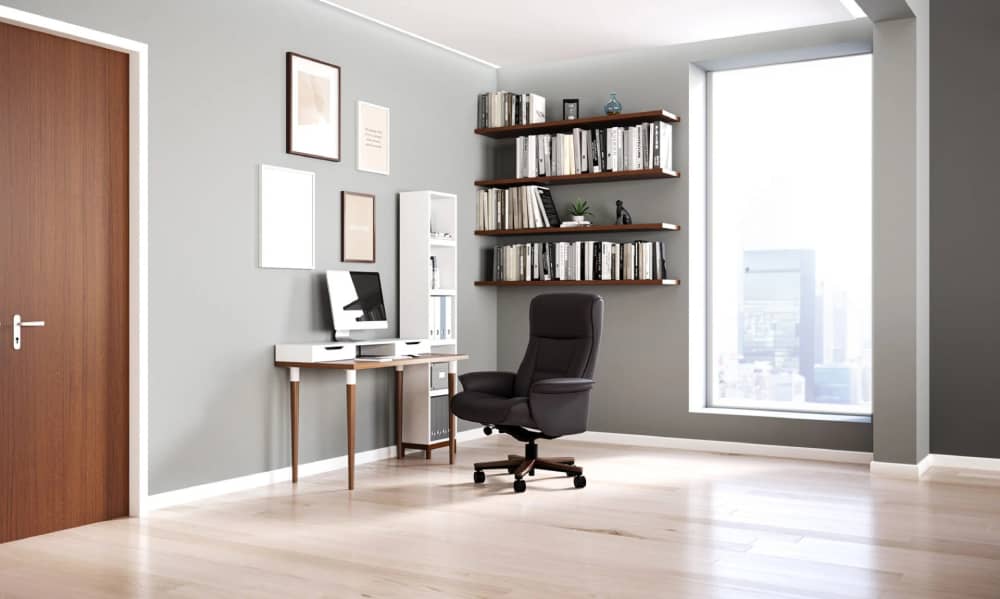How to Remove Caulk from Any Surface: It’s important to release the chuck well around the base of the bathtub, sink, bath cube, and even the pole. The tail is usually easily removed, although sometimes stubborn beets can adhere to the surface. When this happens, you will need special but simple tools and techniques to remove it, and you will have to do this thoroughly, or your new tail will not adhere properly or evenly, producing a poor result that A bad result would be enter leakage.
If you know how to cover a bathtub, cover the base of the shower or even the pole. You’ll find that this is the best way to prevent air and water from leaking into places that shouldn’t be. Caulk Fresh should last about five years, but when you notice that the chuck loses effectiveness, fades or vibrates, or shrinks, it’s time to clean the blackboard and apply – although you may need to remove the existing chuck. Removal is required.
How do you get rid of silicone chuck without using chemical lather? It’s a question on my mind because it’s closed between our kitchen countertops and the backsplash tiles have more separation than Liz Taylor. The last thing you want is a $5 silicone call for damage to an expensive table to remove.
Remove Silicone Caulk with Your Hairdryer
The following is staffing for this post, if your silicone calls for a sandwich sandwiched between two pieces of plastic, e.g., an acrylic tub and a shower insert, very carefully so that it doesn’t damage it. By causing harm, I intended to melt them like Laffy Taffy.

The max temperature I use is around 212F. Yes, I am a geek and measure the hot output with a thermometer, which, for someone in the state, provides a temperature reading in Celsius if you think Fahrenheit 9/5, the conversion to C+32.
More Details
I doubt this temperature will damage the plastic bath or shower, but be very careful. Because the silicone chuckle in this example is between our backsplash tiles and countertops, I’m not concerned about the high heat causing damage. For this project, it is best to use the lowest effective dose of heat. You should try the lowest settings on a hair dryer which will help eliminate silicone caulk. You must remove the old tail before putting a new link around the bathtub, sink, or shower. The new tail doesn’t stick to the old one, so if you fail to remove tall objects, the new one may not form a waterproof seal, so moisture will leak into the area you don’t want.
The best way to get rid of laughter is through a combination of chemical clicks and manual. Chemical removal takes time to soften the tail, so if you’re in a hurry or don’t want to use chemicals, you can simply remove the tail by hand. An easy way to start the process of eliminating calcification is to use a solution to remove caulk, such as those made by 3M, DAP, and other brands. This chemical evolution destroys the bond between the old pail and the tiles, sink, or tub, making it much easier to get out of cracks and crevices.
How to Remove Caulk from Any Surface
Soften The Caulk
Using a remover link will soften the tail to make the job easier. Simply squeeze the eraser directly over the tail, covering completely. Allow the caulk eraser brand to sit for as long as is usually several hours.
If the silicone proves resistant, you can heat and soften the ponytail using a hair dryer. Make sure it’s on the lowest settings, and press the hair dryer until it’s soft for about 30-45 seconds, being careful not to get too hot on the surface underneath. Working on long patches 10 inches at a time. To eliminate water-based acrylic calls, you can also use ISO-Profil rubbing alcohol; After applying it, let it get wet and soften the tail before removing it.
Cut The Caulk
You need to do the next step while the tail is still soft, so straighten it out after it’s completely softened. The score calls every 2 inches from end to end, using chuck tools, utility knives, or small razors. Then with consumption, it should be easy to draw each part of the tail.
Scrape Off Caulks Remains
Use a glass scraper to scrape off any tails that are still hanging on the surface. To ensure you do not damage or scratch the surface during this process where the tail is sticky, lay the glass scraper flat and the surface parallel to the surface.
Remove Caulk From Corners And Crevices
There are always some places that are difficult to reach when removing the tail, so we recommend maintaining a few nose-bulls on hand to remove the rest of the tail. You may want to use a hook to remove anything the bottom may not capture, but be careful not to scratch or scratch the surface under the tail.
Scrub Away The Remaining Caulk
While you can get rid of all those tails as best, use an abrasive bathroom cleaning pad that’s no more abrasive than what’s typically used to clean your bathtub or sink because you don’t want to scratch the surface to clean any areas of the tail. Permanent. After this, clean the surface with bleach to kill any fungus or fungus. Wash carefully, then allow it to dry completely before applying a new call.
What’s The Easiest Way To Remove Caulking?
The easiest way to remove the click is to use a caulk softener before peeling it back off with your fingers. Using a caulking specialist removal tool will be very effective in removing most of the residue, which you can usually clean with a bathroom sponge.
What Will Dissolve Caulking?
You won’t be able to dissolve it, but you can soften it to remove the caulk from the solution. The best are store made and manufactured for this purpose, though you can try a standby shop like vinegar, and let it soak into the tailbone to see if it will soften. Always add a test to ensure you won’t damage or discolor the bottom surface.
Scrape Away The Caulk
Use a plastic putty knife or another device to scrape off the old tail. If possible, try to peel it off in one strip while removing it. Take a good look at the area and remove any remaining tail residue with the tool. A tail release device or a razor scraper may be useful at this point. Use a shop vac to clean the debris and remove the remaining old tail. We hope you read out all details related to How to Remove Caulk from Any Surface.















